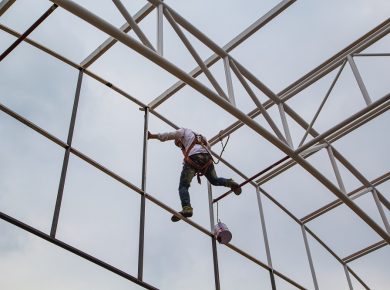Broadly, Project management tools assist an individual or team in organizing and managing their projects and tasks effectively. This is very critical in monitoring and pre-empting delays which may have catastrophic implications.
There are a plethora of Project Management tools available today which essentially have the following functionalities:
- Planning/scheduling: This helps plan and delegate work in one place with tasks, subtasks, folders, templates, workflows, and calendars
- Collaboration: This helps in seamless assignment of tasks, adding comments, organizing dashboards, and approving changes.
- Documentation: Edition, Versioning and Storing files to maintain single source of truth
- Evaluation: This helps track and assess productivity and growth through resource management and reporting. Additionally, some delays are preempted
As per the Merriam-Webster dictionary, control tower is an elevated glass-enclosed structure which has an unobstructed view of a landing field and from which air traffic may be controlled, usually by radio. To extend it to business, it is an end-to-end solution that equips organizations with new enterprise capabilities including real-time data visibility, proactive alerts, prescriptive insights, and self-driving execution of the supply chain.
Having a cockpit view of the organization is imperative for any CXO. But what typically used to happen in earlier days was it was more of a reactive mechanism. Organizations used to collect data (there was no mechanism to collect it in real time) and do a post-mortem once the event had occurred. This was a mechanism to avoid the past mistakes but in business no two scenarios are identical. As supply chains become more adaptive (mix of efficient and responsive), the need of the hour is to change course in real time once we observe certain anomalies in the chain.
Some of the perceived benefits of a control tower are as follows:
- It is an end-to-end Solution that provides real-time alerts, strategic insights and enhanced supply chain effectiveness
- It enhances new enterprise capabilities by facilitating a new, better way of working, and often requires new processes and organization structures
- It breaks traditional functional silos by integrating disparate data sources, processes, and extended supply chain to deliver real-time connectivity, enhanced visibility, and prescriptive insights
- It has the capability to use analytics to enable self-driving execution, thanks to the huge technological breakthrough over the years wherein any system can talk to any other system in a cost-effective manner. It uses science-driven algorithms and cognitive feedback loops to automatically kick-off certain actions when tolerance in a metric is violated

This may be extended to run Supply Chain projects and will go a long way in running them successfully.






